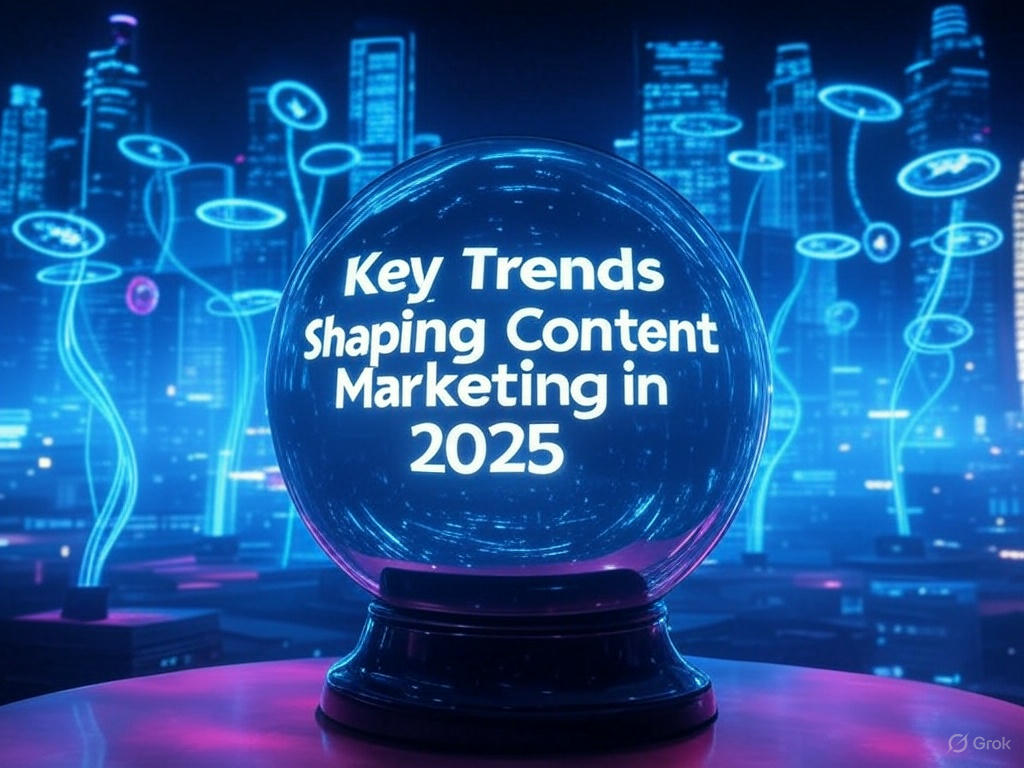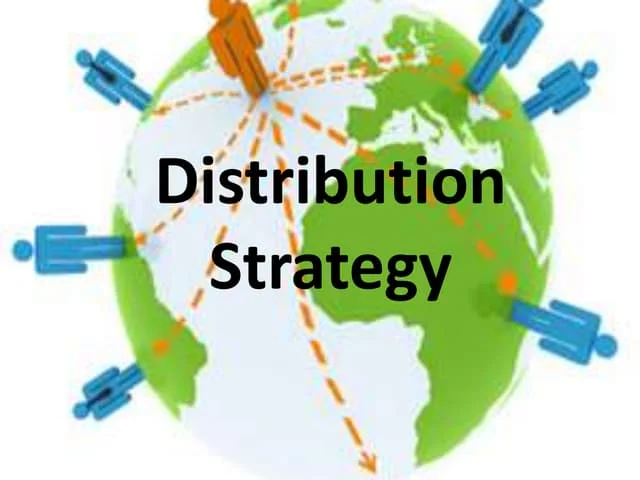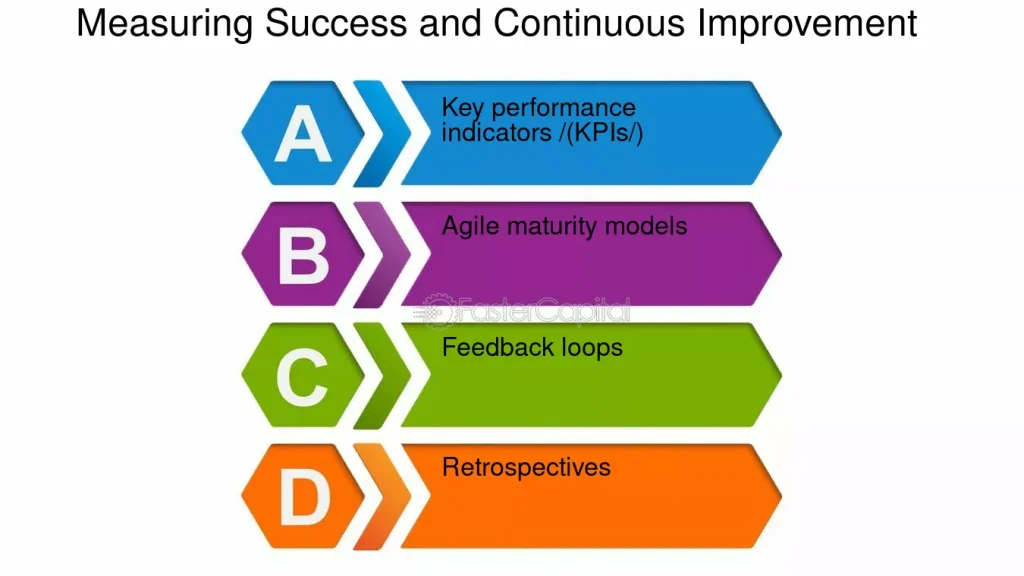
As we step into 2025, the digital landscape is more competitive than ever, making content marketing a pivotal strategy for businesses seeking to thrive. Content marketing has evolved into a cornerstone of digital strategy, enabling brands to not only connect with their audience but also drive engagement and conversions. In fact, according to recent studies, over 70% of marketers believe that content marketing has significantly improved their overall marketing strategy.
With the rapid rise in content consumption, businesses that master this art will enjoy a competitive edge. This guide aims to equip you with essential strategies for effective content marketing, helping you navigate the complexities and seize the opportunities that lie ahead.
Understanding Content Marketing

1.1 Definition of Content Marketing
Content marketing is a strategic marketing approach focused on creating and distributing valuable, relevant, and consistent content to attract and retain a clearly defined audience. Unlike traditional advertising, which often interrupts the consumer’s journey with promotional messages, content marketing seeks to engage consumers by providing them with useful information and entertainment, ultimately driving profitable customer action.
1.2 The Role of Content Marketing in Digital Strategy
Content marketing plays a crucial role in driving traffic to your website, increasing engagement, and boosting conversions. By integrating content marketing with other digital marketing channels like SEO, social media, and email marketing, businesses can create a holistic strategy that maximizes their reach and effectiveness. Each piece of content not only serves to inform and engage but also acts as a way to guide potential customers through their buying journey.
Key Trends Shaping Content Marketing in 2025

2.1 Personalization
Personalization is no longer just a trend; it’s a necessity in content marketing. As consumers become more discerning, they expect brands to deliver tailored experiences. Utilizing data analytics tools and customer insights, businesses can create personalized content that speaks directly to individual preferences and pain points. Techniques such as dynamic content, personalized email campaigns, and targeted social media ads are vital in meeting these expectations.
Video content continues to dominate the digital space, with statistics showing that over 80% of all online content will be video by 2025. Businesses that leverage video formats, such as live streaming, tutorials, and testimonials, can significantly enhance their engagement and retention rates. Audiences are more likely to share video content, creating a ripple effect that can amplify brand visibility.
The shift towards voice search is reshaping how content is created. With the rise of smart speakers and voice-activated devices, optimizing content for voice search queries is crucial. This means using natural language, answering common questions directly, and structuring content in a way that aligns with conversational speech. Tips for optimizing include focusing on long-tail keywords and creating FAQ-style content that addresses specific queries.
Developing a Comprehensive Content Strategy

Before diving into content creation, it’s essential to set clear, specific goals. Whether you’re aiming for increased brand awareness, lead generation, or customer loyalty, defining these objectives will guide your content strategy. Goals should be measurable and aligned with your overall business objectives, allowing you to track progress and adjust as needed.
An effective content strategy begins with understanding your target audience. Utilize techniques such as surveys, social media analysis, and website analytics to gather data on demographics, preferences, and behaviors. This knowledge will inform your content creation, ensuring it resonates with your audience’s needs and interests.
3.3 Content Planning
3.3.1 Creating a Content Calendar
Developing a content calendar is a vital step in organizing and planning your content effectively. Start by outlining key dates, campaigns, and themes for your content. This allows for a strategic approach, ensuring a consistent flow of content that aligns with your business goals and audience interests. Incorporate flexibility to adapt to emerging trends and real-time engagement opportunities.
3.3.2 Choosing Formats and Channels
Different audiences prefer different content formats. Whether it’s blogs, infographics, podcasts, or videos, selecting the right format is crucial for engagement. Assess your target audience’s preferences and choose channels that align with their consumption habits. For instance, younger audiences may prefer short-form videos on social media, while professionals might favor in-depth articles and whitepapers.

4.1 Crafting Compelling Headlines
Your headline is the first impression your content makes, and it needs to grab attention. Use actionable language, numbers, and emotional triggers to create headlines that compel clicks. Experiment with A/B testing to see which headlines resonate best with your audience, and don’t shy away from using power words that evoke curiosity and urgency.
4.2 Importance of Storytelling
Storytelling is a powerful technique that enhances engagement and retention. By weaving narratives into your content, you create emotional connections with your audience. Whether it’s sharing customer success stories, case studies, or even behind-the-scenes glimpses of your business, storytelling can transform your content from mere information into memorable experiences.

To improve visibility in search engines, implementing on-page SEO techniques is essential. This includes optimizing title tags, meta descriptions, and header tags with relevant keywords. Additionally, use internal and external links to enhance credibility and guide readers to related content. Don’t forget to focus on user experience, ensuring your website is mobile-friendly and loads quickly.

5.1 Utilizing Social Media Platforms
Choosing the right social media platforms for content distribution is critical. Determine where your target audience spends their time and tailor your content accordingly. Each platform has its strengths—Instagram for visual content, LinkedIn for professional insights, and Facebook for community engagement. Create platform-specific strategies to maximize reach and engagement.
5.2 Email Marketing Integration
Email marketing remains a powerful tool for content distribution. To leverage email newsletters effectively, segment your audience and personalize your messages. Incorporate valuable content, such as blog highlights or exclusive offers, to keep your audience engaged. Regularly analyze open and click-through rates to refine your strategy.
Measuring Success & Continuous Improvement

6.1 Key Performance Indicators (KPIs)
Monitoring key performance indicators (KPIs) is crucial for assessing the effectiveness of your content marketing efforts. Important metrics include engagement rates, conversion rates, website traffic, and social media shares. Regularly review these metrics to identify trends and areas for improvement, allowing you to pivot your strategy as needed.
6.2 Feedback Loops
Establishing feedback loops with your audience can provide invaluable insights for continuous improvement. Use surveys, comment sections, and social listening tools to gather feedback on your content. Implement changes based on this feedback to enhance relevance and effectiveness, ensuring your content strategy evolves alongside your audience’s needs.
In summary, mastering content marketing in 2025 requires understanding key trends, developing a comprehensive strategy, creating high-quality content, and continuously measuring and improving your efforts. By embracing personalization, utilizing video content, and optimizing for voice search, you can position your brand as a leader in the digital marketing landscape.
As the digital world evolves, so must your strategies. Stay adaptable and responsive to emerging trends to ensure your content marketing efforts remain effective and impactful.

